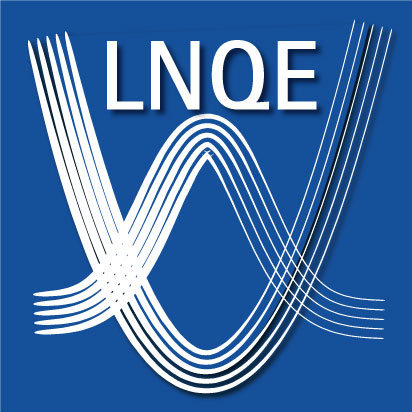Hollow and Concave Colloidal Plasmonic Nanoparticles as Size and Shape Selective Sensors on the Nanometerscale
| Leitung: | D. Dorfs, D. Bahnemann |
| Team: | R. Himstedt |
| Jahr: | 2016 |
In the framework of this project, colloid chemically synthesized plasmonic nanoparticles shall be investigated with respect to their potential as size and shape selective sensors on the nanometerscale in liquid phase. For this purpose a variety of different plasmonic nanoparticles will be synthesized. Already this pure synthesis part of the project will go beyond the state of the art in nanoparticle synthesis. Apart from “normal” plasmonic particles from noble metals also plasmonic particles from highly doped (degenerately doped) semiconductor or oxide materials with localized surface plasmon resonances tunable in the near infrared part of the spectrum shall be synthesized and shall be compared with the classic metallic nanoparticles with respect to their sensory properties.[1]
Scheme 1: left: principle of nanoparticle key lock recognition right: examples of partially concave particles already synthesized in the group of D. Dorfs
The plasmonic particles can detect an analyte either via changes of the dielectric constant of the surrounding or via other, specific interactions with the analyte. With respect to the latter point, especially plasmonic particles with concave or cylindrical voids at the particle surface shall be synthesized, which can show size and shape selective interactions with different analytes [2] (see also scheme for e.g. key lock like interactions) which finally can easily be detected by a change of the resonance frequency of the localized surface plasmon resonance of these particles.
[1] (a) Dorfs, D. et al. J. Am. Chem. Soc. 2011, 133, 11175 (b) Wolf, A.; Kodanek, T.; Dorfs, D.; Nanoscale 2015, 7, 19519.
[2] George, C.; Dorfs, D.et al. J. Am. Chem. Soc., 2011, 133, 2205.








